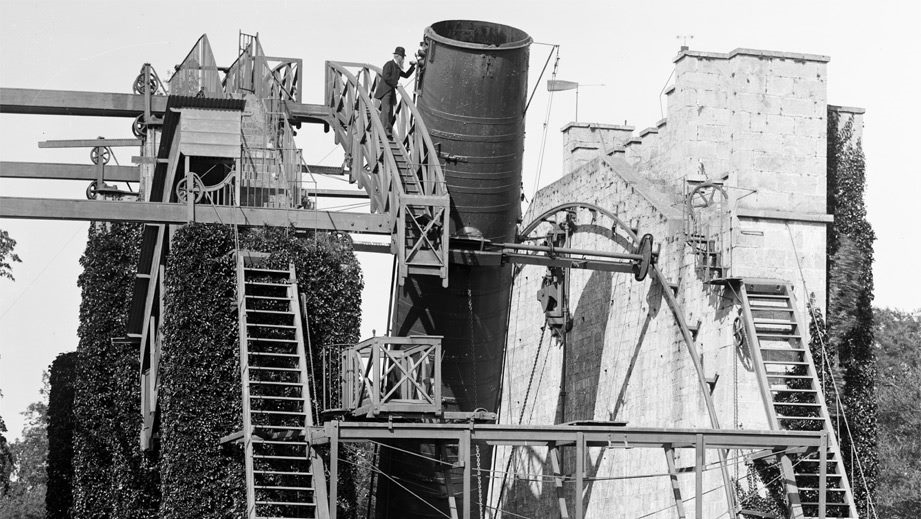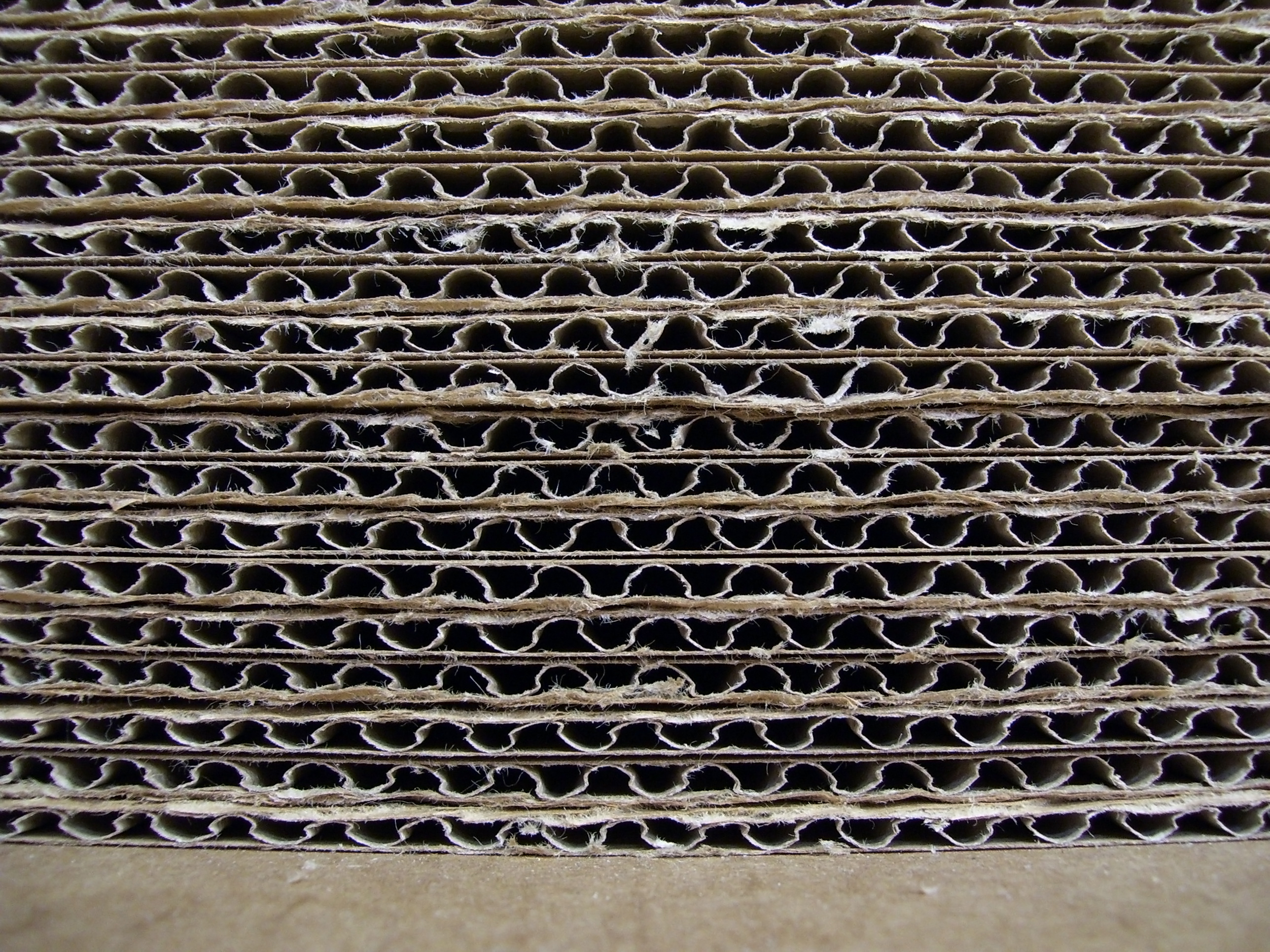Stonehenge is one of the most recognisable prehistoric monuments in the world. The circle of standing stones can be found in Wiltshire, England. For those of you who are further afield, Google Earth will take you on a great walk around and inside the monument here
There has much speculation over the centuries regarding the original purpose of Stonehenge. Some say it was for tracking celestial movement, some say it was for religious purposes, and some say that it was put there by aliens. Whatever the purpose, it is an incredibly impressive feat. Stonehenge is believed to be about 5000 years old, and radiocarbon dating has placed the raising of the stones to around 2200 – 2400 BC. There are two types of rock in the structure. The larger sarsens (the vertical stones) are sandstone and each weigh in the region of 25 tonnes. The smaller standing stones are bluestone – more specifically a type of spotted dolerite – and weigh approximately 3 tonnes each.
In the Huntarian museum in Glasgow, we find a very special set of microscopy slides – beautifully prepared samples of the rocks of Stonehenge.
Prof. Matthew Forster Heddle
Matthew Forster Heddle was an eminent Scottish mineralogist. He established the Mineralogical Society of Great Britain in 1876 alongside his friend and colleague Patrick Dudgeon (another great Scottish mineralogist and meteorologist) – and he is the man who put Stonehenge under the microscope.
Heddle was born in 1828 in Hoy, Orkney. His family sent him to Edinburgh in 1837 to start his education, culminating in a degree in medicine from the University of Edinburgh in 1851. While Heddle did go on to practice medicine for several years, his true love was minerology. He was a great academic and also studied chemistry and minerology in Germany for two years. This dedication to academia brought him to the University of St. Andrews where he became an assistant professor of chemistry in 1856 and then a full professor in 1862.

Heddle and his good friend Patrick Dudgeon (the Scottish mineralogist and meteorologist) spent the early 1850’s working on an extensive geological survey of the islands off the north of Scotland. They travelled on Dudgeons yacht around the Shetlands, the Orkneys, and the Faroe Islands, collecting mineral samples as they went. This would have been an especially exciting time for them to be travelling this area as in 1950, the prehistoric settlement of Skara Brea was discovered on mainland Orkney – just a stone’s throw from where Heddle had grown up.
During his career Heddle travelled the length and breadth of Scotland, collecting mineral samples. Indeed, he was described by Sir Hugh Munro (the Scottish Mountaineer) as having “climbed far more Scottish mountains than any man who has yet lived…No district was unknown to him, and scarcely any high mountain unclimbed by him”. Heddles extensive mineral collection (around 5700 samples) now resides in the Royal Museum of Scotland, Edinburgh.
The sampling of Stonehenge
There are only two known thin-samples such as this of the altar stone from Stonehenge, and one of them belongs to Heddles collection in the Huntarian. At the time when Heddle visited, Stonehenge and its surrounding lands were owned by the Antrobus family, who had purchased it in 1824. In 1927 the lands were purchased by the National Trust for protection of the structure.
So how did Heddle get from the mighty standing stones of Stonehenge to something that will fit under a microscope? Mineral samples are under the same imaging restrictions as biological samples – they need to be thin, transparent, and flat. Heddles sample could have been cut directly from the rocks in Stonehenge or there might have been some loose fragments, ready for the taking. Either way, the sample preparation for Heddle would have been largely the same as it is today. Find out more about how mineralogy samples are prepared here.
Heddle would then have examined his samples under a petrographic microscope, also known as a geology microscope. The petrographic microscope is mostly like a regular microscope, except that the stage is round and rotates, and their design has changed little since Heddles time.
Modern investigations of Stonehenge
Stonehenge remains a great source of interest for archaeologist and mineralogists, and microscopy remains an important technique for both these fields. The investigation of Stonehenge has continued with more advanced investigative tools including radiocarbon dating and laser mass spectrometry. A team from Aberystwyth University, University College London and National Museum of Wales, for example, have used laser mass spectrometry to investigate the origin of the stones for Stonehenge. It had been long known that the stones came from Wales, but using LMS the team were able to pinpoint the origins of the stone to two different sources – Carn Goedog and Craig Rhos-y-felin. You can find out more about this study here.
Microscopy is a technology that doesn’t age. The overall form and techniques used in light microscopy have changed very little over the centuries, including the techniques for sample preperation. The method that Heddle would have used is the same as the technique we still use today, which you can read about here. The technology, of course, is always moving forward. Heddles sample though, remain as relevant and as beautiful as they did when they were first made.
You can find Heddles sample in the archive of the Huntarian here, along with many other fascinating artefacts.



